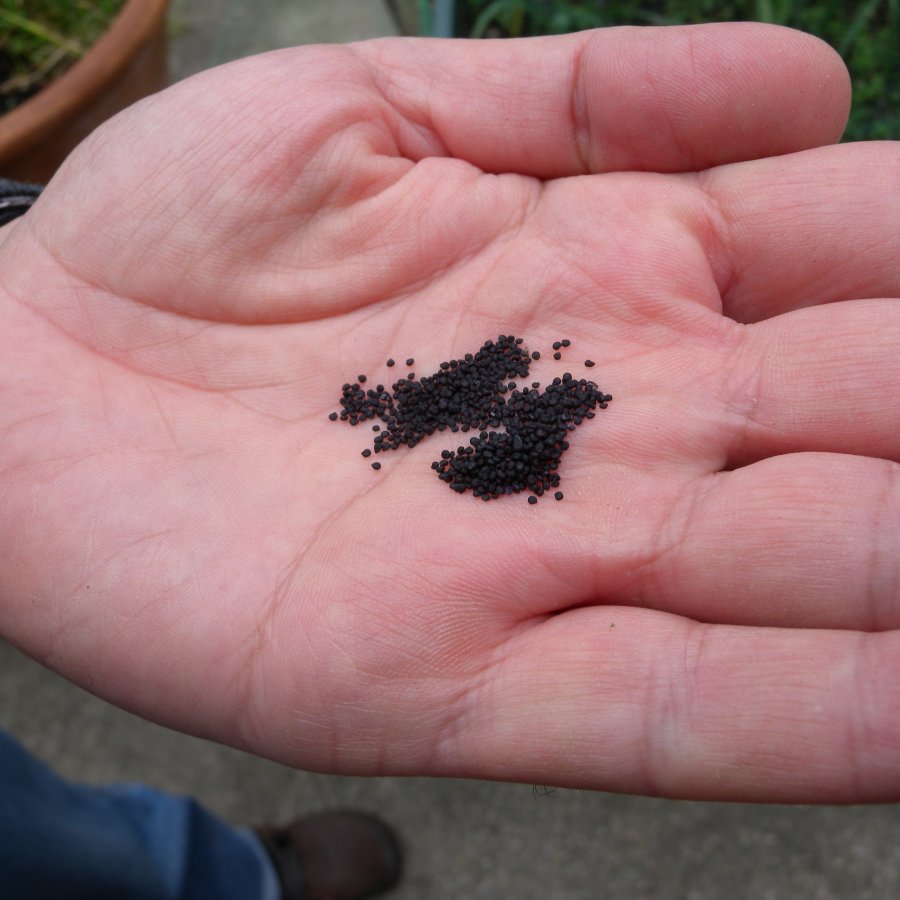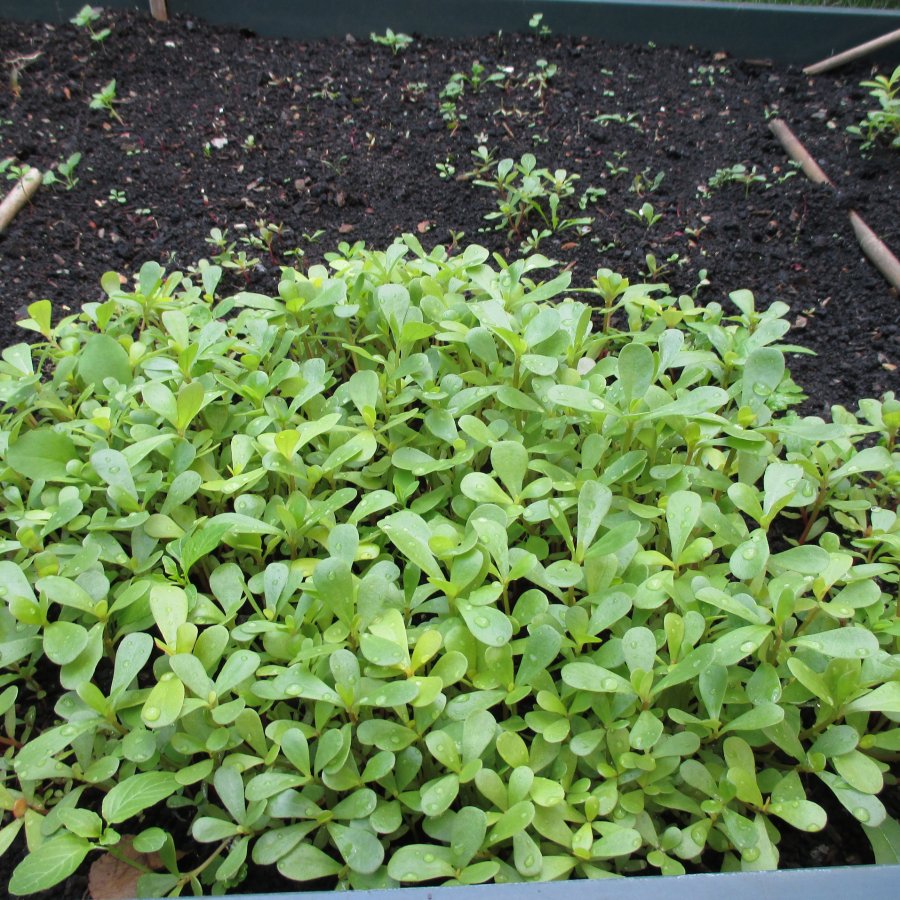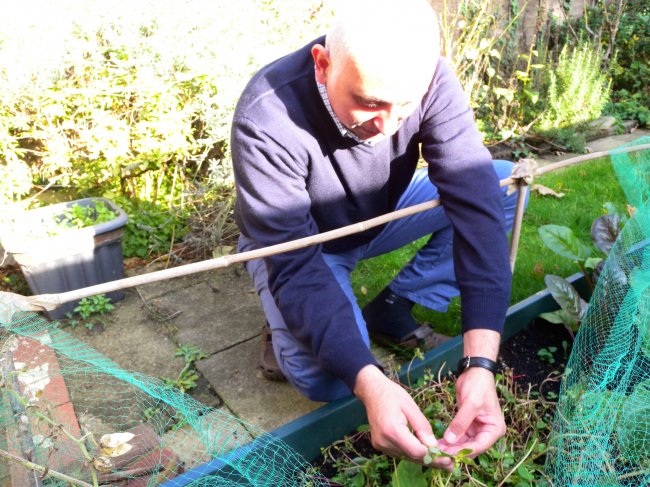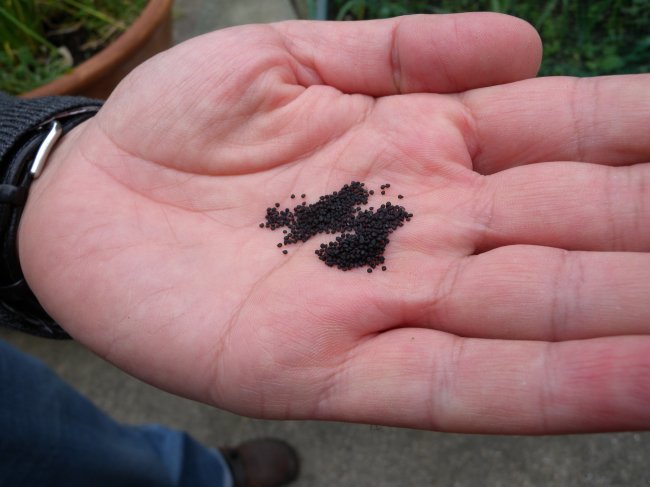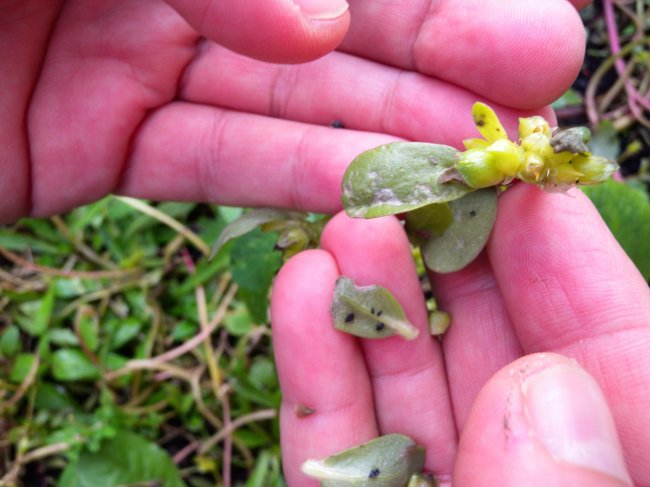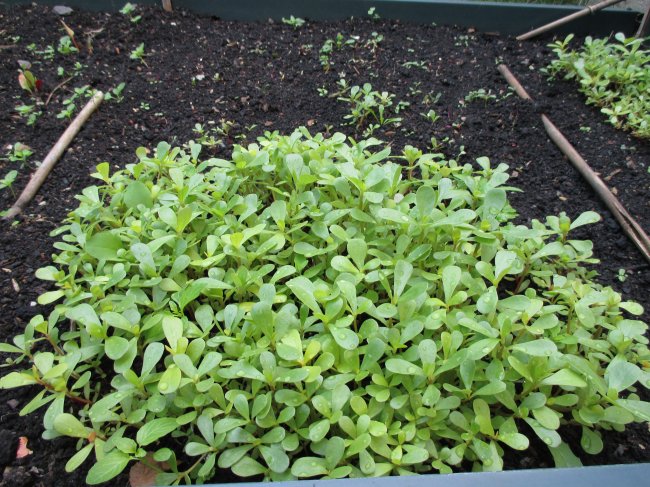Ahmet Caglar
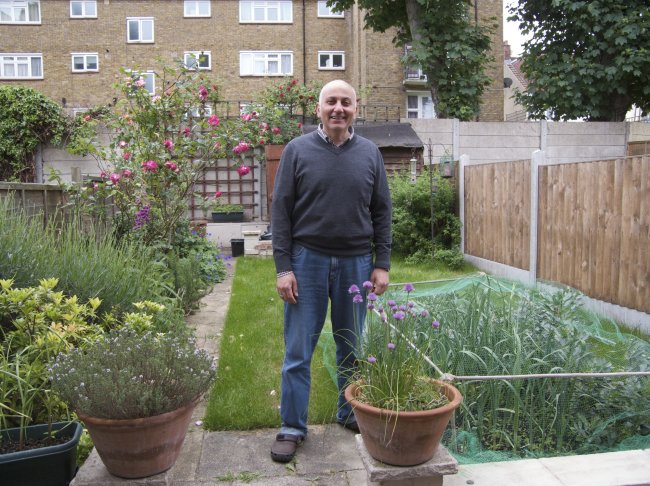
About
Seed Guardian
My name is Ahmet. I’m originally from Turkey. I’m using my back garden for this project. It’s a small garden. Actually there is only one raised bed and some containers. I grow my own food...
More
Where the seeds came from
I got the seeds from Turkey.
How to grow
This is a warmer climate plant, therefore it’s better to wait until May to sow outside. Or maybe even later, to make sure that the soil and the weather is warm enough for germination. Prepare a good seed bed and then sow it. I never started inside
or in a seed tray. I directly broadcast the seeds, that’s my way. They are not fussy. Within six weeks you can start picking.
Challenges
I found the germination a bit erratic. In some parts it worked, in some parts it didn’t germinate.
Ahmet on Purslane
How to save seeds
Towards the end of the season you can get seeds. Collecting is easy. They are actually in the tip of the plant, the cluster of very tiny black seeds. Actually you feel them because they start to open up, the seed pods, and there are many small black seeds. Then just bring an envelope and gently touch the seed head, and they will fall. Somewhere in Turkey they call purslane “seed thrower”, because the black seeds throw themselves onto the soil. And the next year you may find some plants, as they can germinate from there.
Recipe
Take some purslane, wash it and then add yoghurt, garlic, virgin olive oil, a little bit of salt. That’s it, that’s one recipe. And the other is grating some tomato into the purslane, add vinegar and garlic. That’s another quick recipe. They are different but both delicious. Purslane is a bit fleshy. It doesn’t have a kind of distinct flavour, but maybe this fleshiness gives it some sort of substance.
